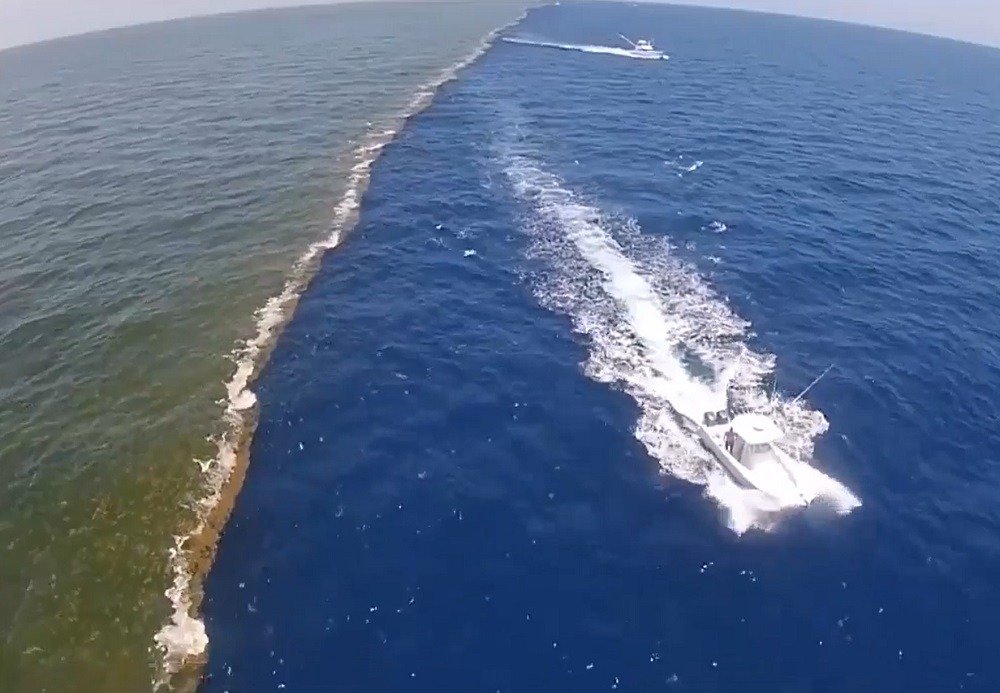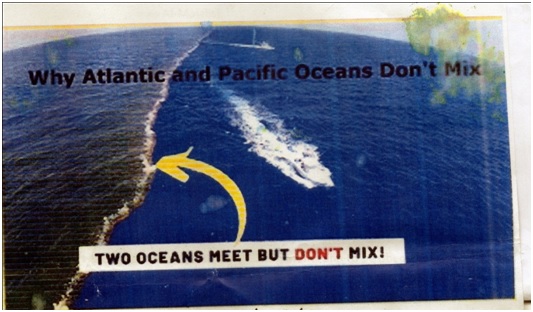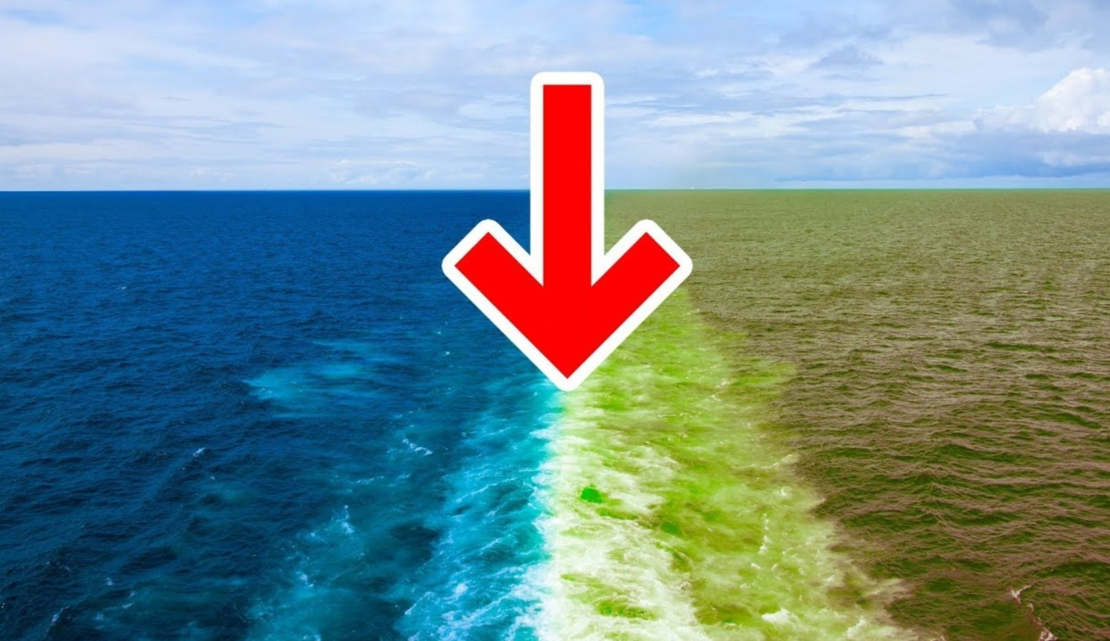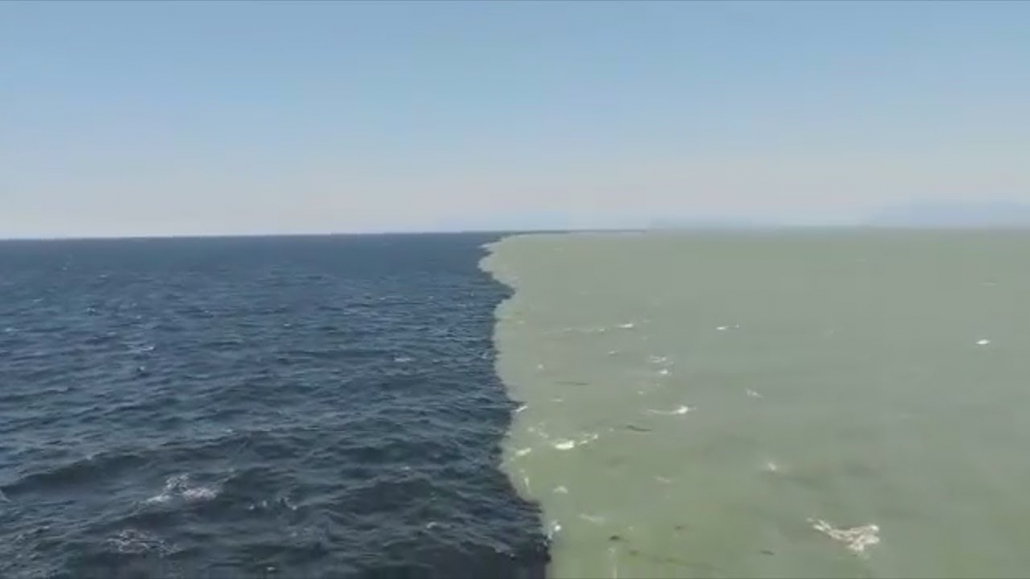Where 2 Oceans Meet And Don't Mix

Ever heard the saying "opposites attract?" Well, sometimes, they just... don't. Imagine two super stubborn kids on the playground, refusing to share their toys or even play on the same side of the slide. That's kind of what happens when certain oceans meet!
There are places on our amazing planet where two oceans bump into each other, not with a gentle kiss, but with a definite "Nope! Not mixing!" It's like they're having a silent, watery standoff.
The Not-So-Friendly Face-Off
So, where can you witness this awesome watery war? There are a few famous spots where this phenomenon occurs. Think of it as nature's version of a reality TV show: Oceans Behaving Badly!
One famous location is off the coast of Cape Point, South Africa. Here, the Indian Ocean and the Atlantic Ocean stage their watery wrestling match.
Another spot where you can see this "oceanic oddity" is in the Gulf of Alaska. The Pacific Ocean seems to have a similar reluctance to mingle with the water that's present there.
Why the Drama?
Okay, okay, they're not *really* fighting. It's not like they have little boxing gloves on, duking it out underwater. The real reason these waters don't mix nicely boils down to differences in their properties.
Think of it like oil and water in your kitchen. No matter how hard you shake them, they eventually separate. The same principle applies to our ocean "divas."
Temperature, for starters, plays a huge role. One ocean might be a cool cucumber, while the other is a bit of a hothead. The difference in temperature makes it harder for them to blend.
Salinity, or the amount of saltiness, also matters. Imagine one ocean is like a perfectly seasoned soup, while the other is bland and needs a pinch of salt. They’re just not compatible!
And don't forget about density! Density depends on both temperature and salinity. Differences in density creates a barrier that the oceans find hard to overcome.
Visual Proof: Nature's Artwork
The coolest part? You can often *see* the line where these oceans meet. It's not always a sharp, clean line, but more of a hazy, blurry zone.
Sometimes, you'll notice a difference in color. One side might be a deep, mysterious blue, while the other is a lighter, more inviting shade. It's like Mother Nature grabbed a paintbrush and decided to create an abstract masterpiece.
You might also see foam or debris collecting along the dividing line. Think of it as the "no man's land" between two warring factions.
Seeing this phenomenon in person is like witnessing a truly unique spectacle. It's a reminder of just how powerful and awe-inspiring our planet can be.
So, What's the Big Deal?
Well, besides being visually stunning, the fact that these oceans don't mix has some interesting consequences. It can affect marine life, weather patterns, and even ocean currents.
Different marine life thrives in different conditions. The non-mixing zones can create distinct ecosystems on either side. It's like having two completely different neighborhoods right next to each other!
So, next time you're near a coastline, take a moment to appreciate the ocean's vastness and complexity. And remember, even though these oceans don't always mix, they're all part of the same amazing, interconnected world.
Who knows, maybe one day they'll learn to share the playground a little better!
Ultimately, the "unmixing oceans" are a spectacular display of the Earth's natural wonders. It's a reminder that even in nature, there are boundaries, differences, and forces that shape our world in fascinating ways.


















